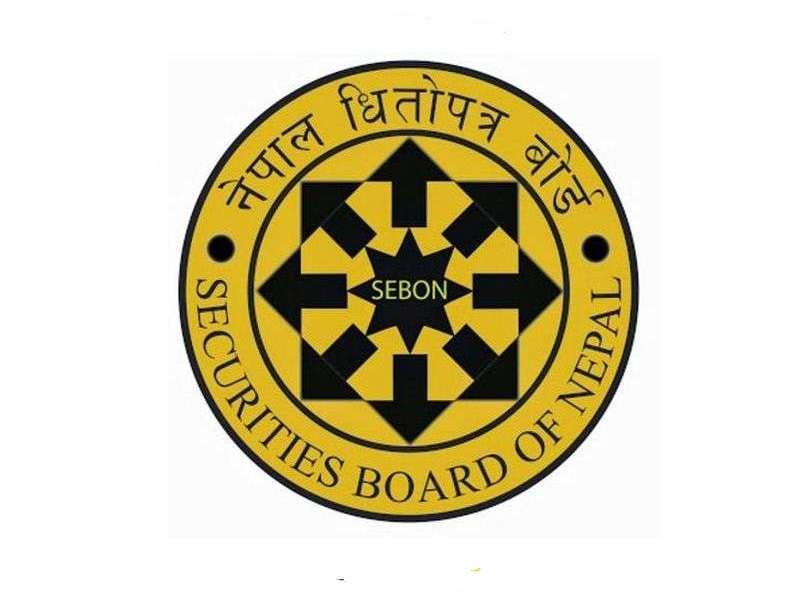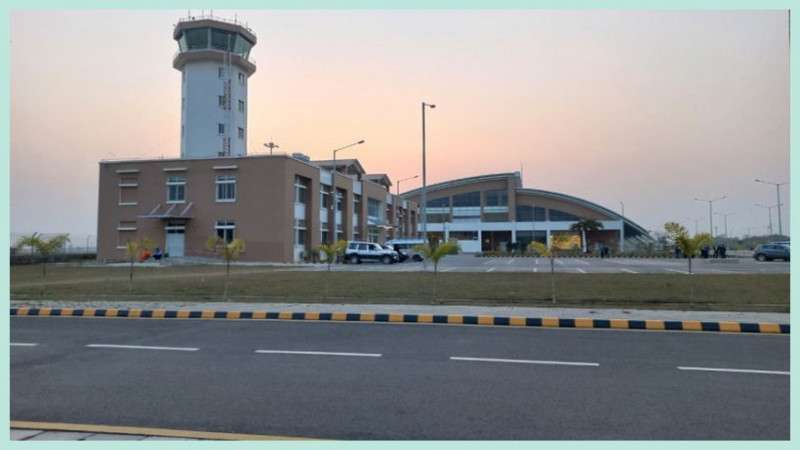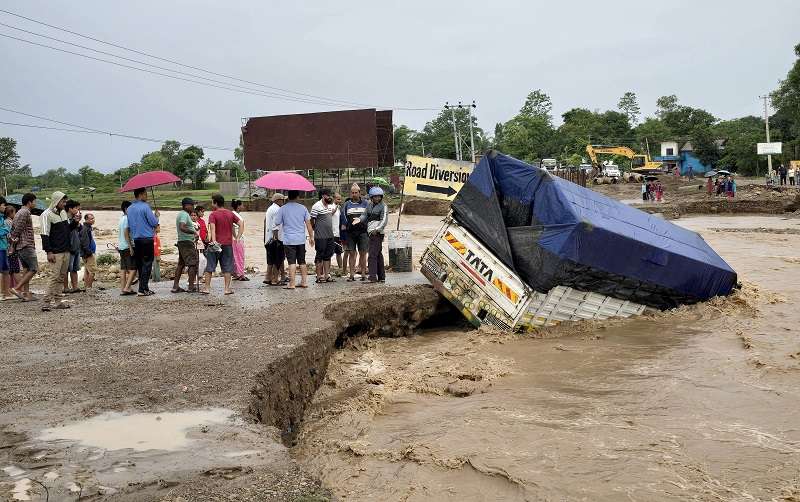October 5: Difficulties in the Nepali economy will ease in 2017, says a new World Bank report. According to the biannual South Asia Economic Focus, Nepal’s GDP growth will accelerate to 5 percent next year. However, the bank estimates weak economic outlook for Nepal for 2016. “Nepal has had a difficult year due to the earthquake, border disruptions with India, and reduced remittances. Its economic activity is recovering with growth expected to rebound to 5.0 percent in 2017, after a weak year 2016 at only 0.6 percent growth,” says the bank. As per the bank, next year’s recovery will be aided by rise in agricultural output and increase in construction activities. “Agriculture and construction are expected to improve on the account of a good monsoon, while increased disbursements of housing reconstruction grants will help as well,” mentions the bank.
The report says that South Asia has defied a sluggish world economy and solidified its lead as the fastest growing region in the world in 2016. The bank expects the region’s economic growth to gradually accelerate from 7.1 percent in 2016 to 7.3 percent in 2017led by the performance of India.
According to the bank, the region remains a global growth hotspot and has proven resilient to external headwinds such as China’s slowdown, uncertainty around stimulus policy in advanced economies, and slowing remittances. “The main challenges remain domestic, and include policy uncertainty as well as fiscal and financial vulnerabilities,” notes the bank. India sets the pace for South Asia as a whole. The bank expects the country’s economic activity to accelerate to 7.7 percent in 2017, after maintaining a solid 7.6 percent in 2016.
“A reality check reveals that private investment – a key future growth driver across South Asia – is yet to be ignited to sustain and further increase economic growth,” said Annette Dixon, World Bank South Asia Region’s Vice President. “Countries will need to activate the full potential of private investment and exports to accelerate economic activity further, reduce poverty and boost prosperity.”
The bank’s reality check on the state of private investment in South Asia shows that the region has fallen short of expectations. “Mobilizing domestic savings remains key at the aggregate level. However, remittances and foreign direct investment prove very effective on a per-dollar basis, and the region should make the most of them,” says the bank, adding, “India can further rely on public infrastructure to crowd-in private investment, while finance may constrain investment in Pakistan.”
According to the bank, many South Asian countries show potential for accelerated growth in the short to medium term.
“Political economy risks are widespread across South Asia, and uncertainty will need to be managed, particularly with a view to creating an attractive environment for domestic and foreign investment alike,” said World Bank South Asia Region’s Chief Economist Martin Rama. “Delivering the necessary energy, infrastructure, and regulatory improvements remains critically important to increasing private investment, thus boosting job creation and reducing poverty.”




.jpg)



.jpg)





